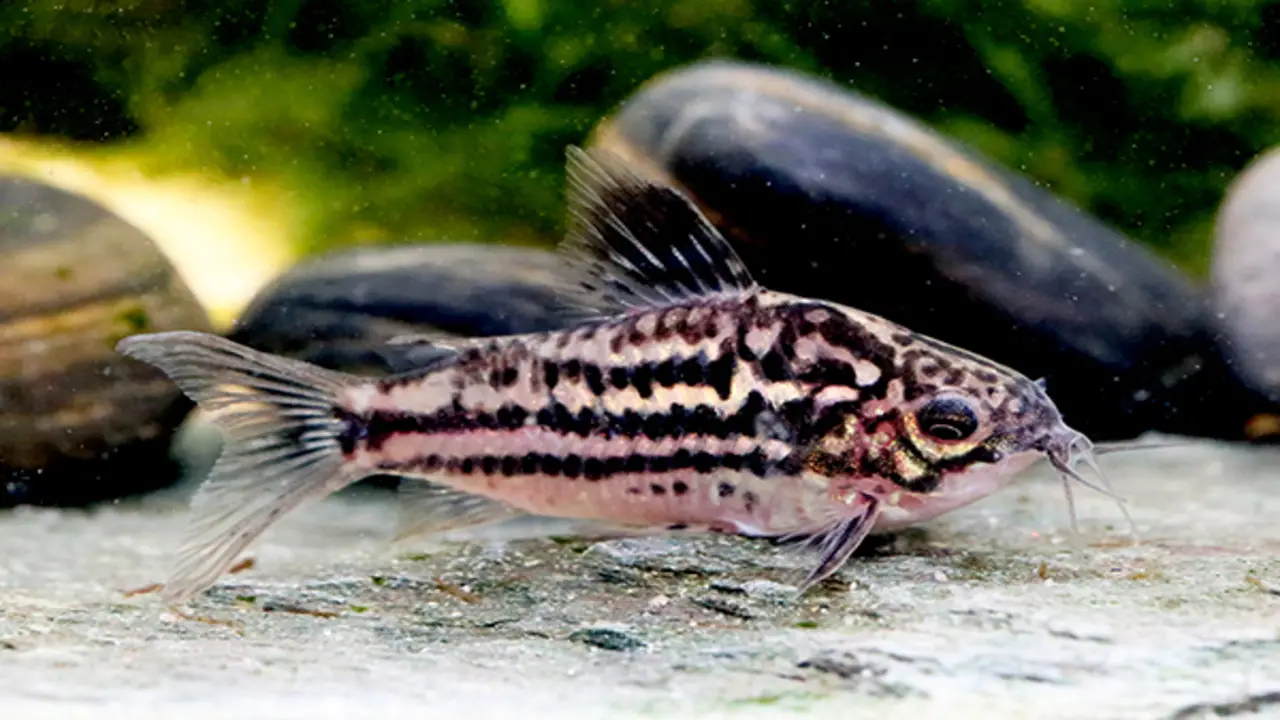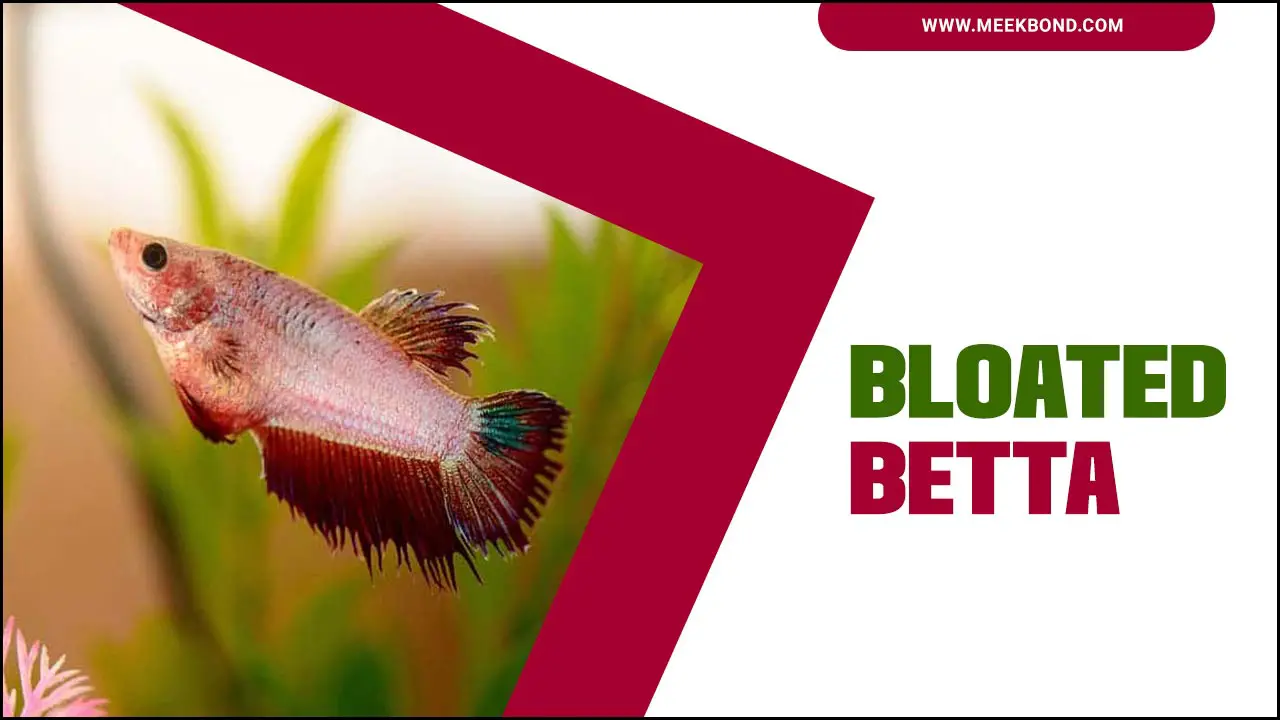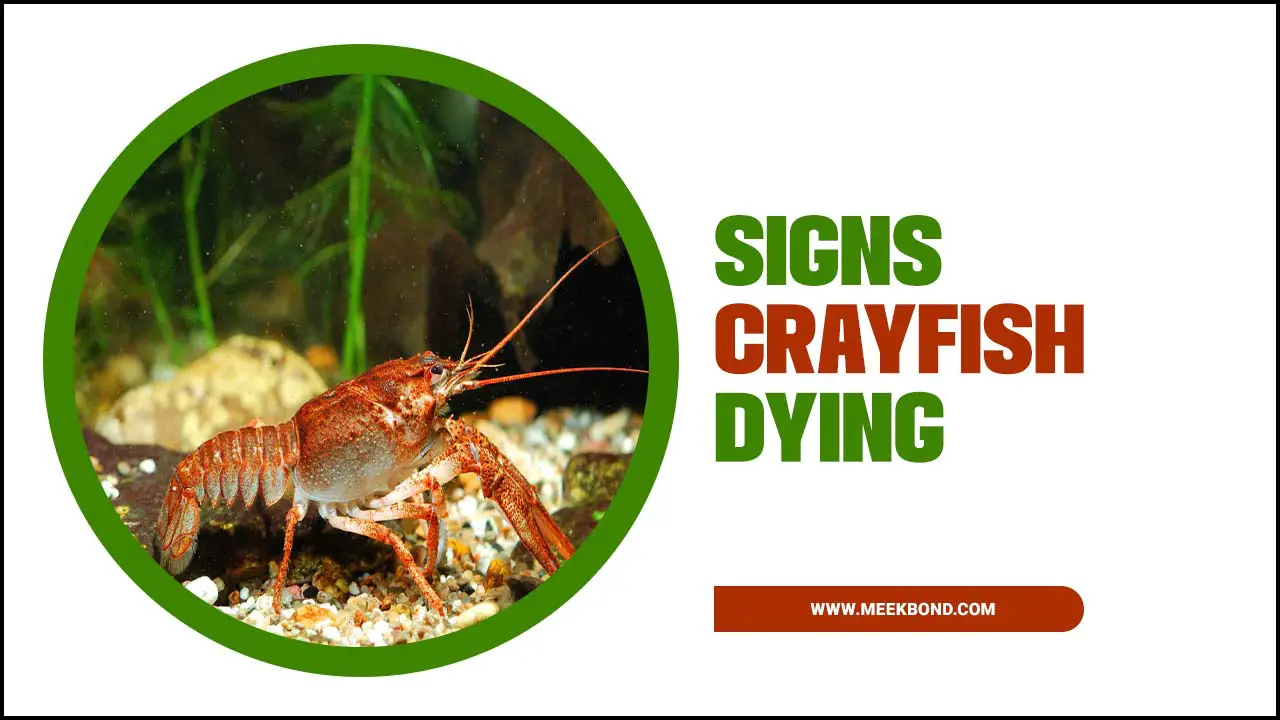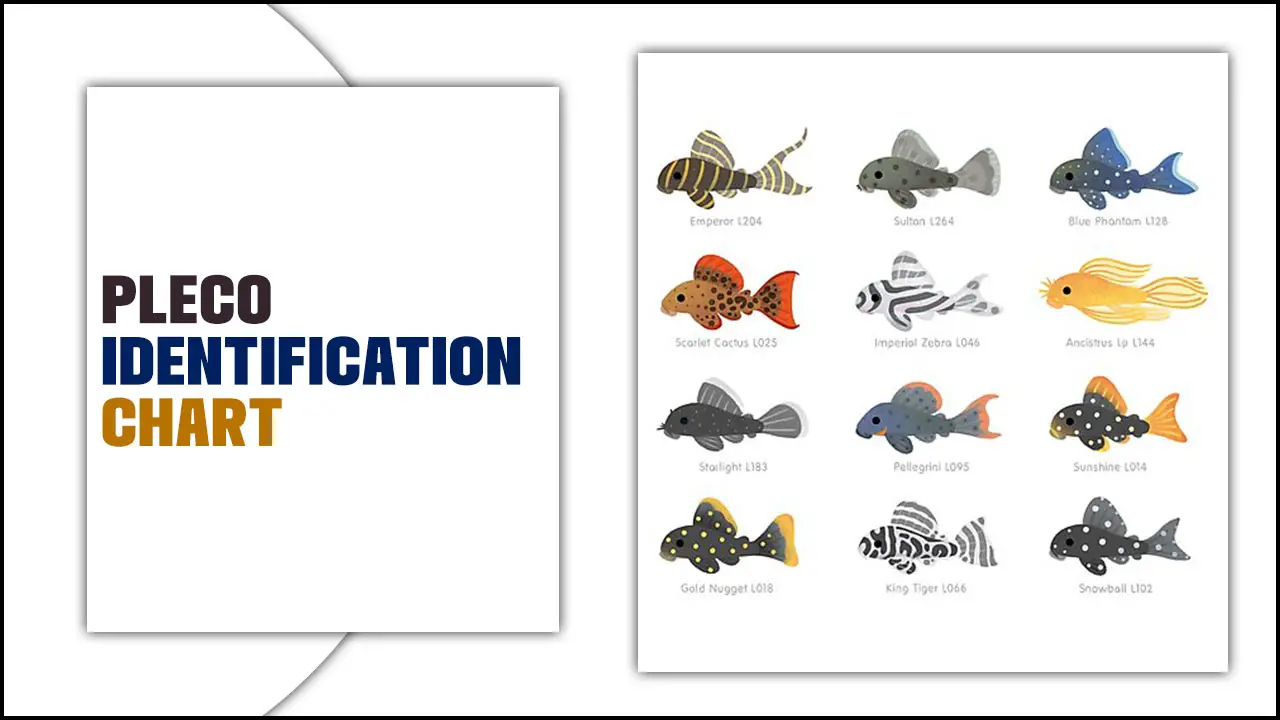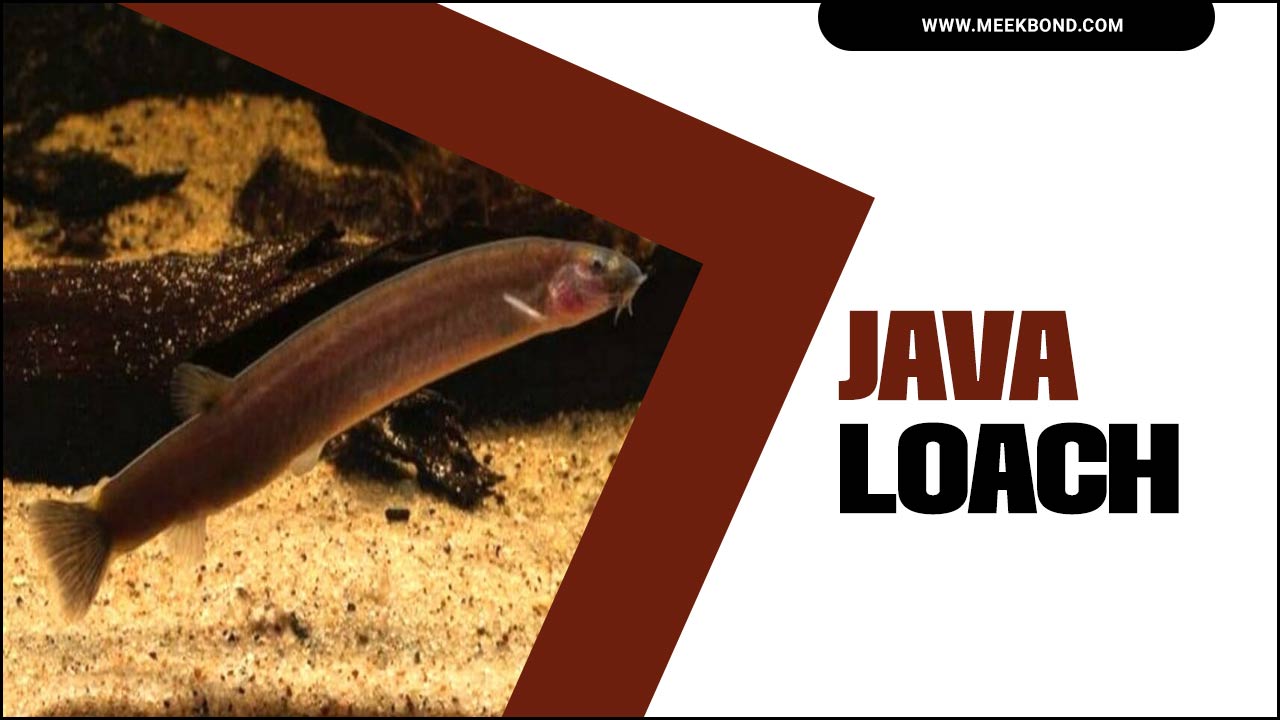If you are a fish enthusiast, you must have heard of the Corydoras catfish. Many aquarium hobbyists prefer this popular species of catfish because of its small size and friendly demeanor.
But have you heard of the rare and mysterious Corydoras species that will take your breath away? These elusive and beautiful catfish are less common in the aquarium trade but are highly sought after by collectors and enthusiasts alike. Their striking patterns and unique colors make them known, ranging from deep blues to rich browns and stunning oranges.
The rare Corydoras species are not only beautiful but also incredibly fascinating. These enigmatic catfish are popular for inhabiting the bottom of the aquarium, scavenging for food, and hiding in the shadows. They have a distinct social hierarchy, with dominant individuals often taking charge of the group and protecting their territory. Some species also jump, making them an exciting addition to any aquarium.
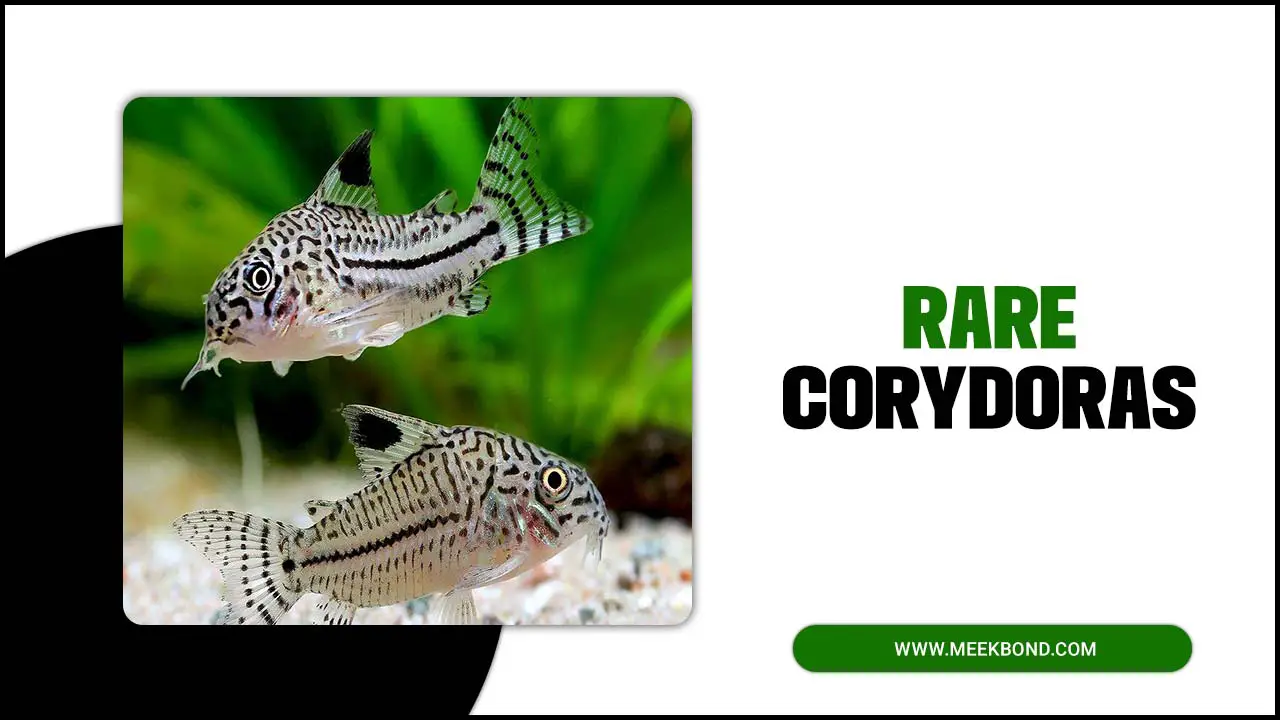
About Corydoras Catfish
Corydoras catfish, also popular as cory catfish or armoured catfish, is a popular freshwater fish species famous for their unique appearance and peaceful nature. These small catfish have flattened bodies and distinctive armored plating covering their head and body, which protects predators.
Corydoras catfish are well-suited for community aquariums as they are social and peaceful, making them an ideal companion for other fish species. They are also relatively easy to care for, preferring a well-filtered tank with plenty of hiding spots and a soft substrate. With over 150 species of corydoras catfish, there is a wide variety of colors and patterns, making them popular among aquarium enthusiasts.
Different Species Of Rare Corydoras Catfish
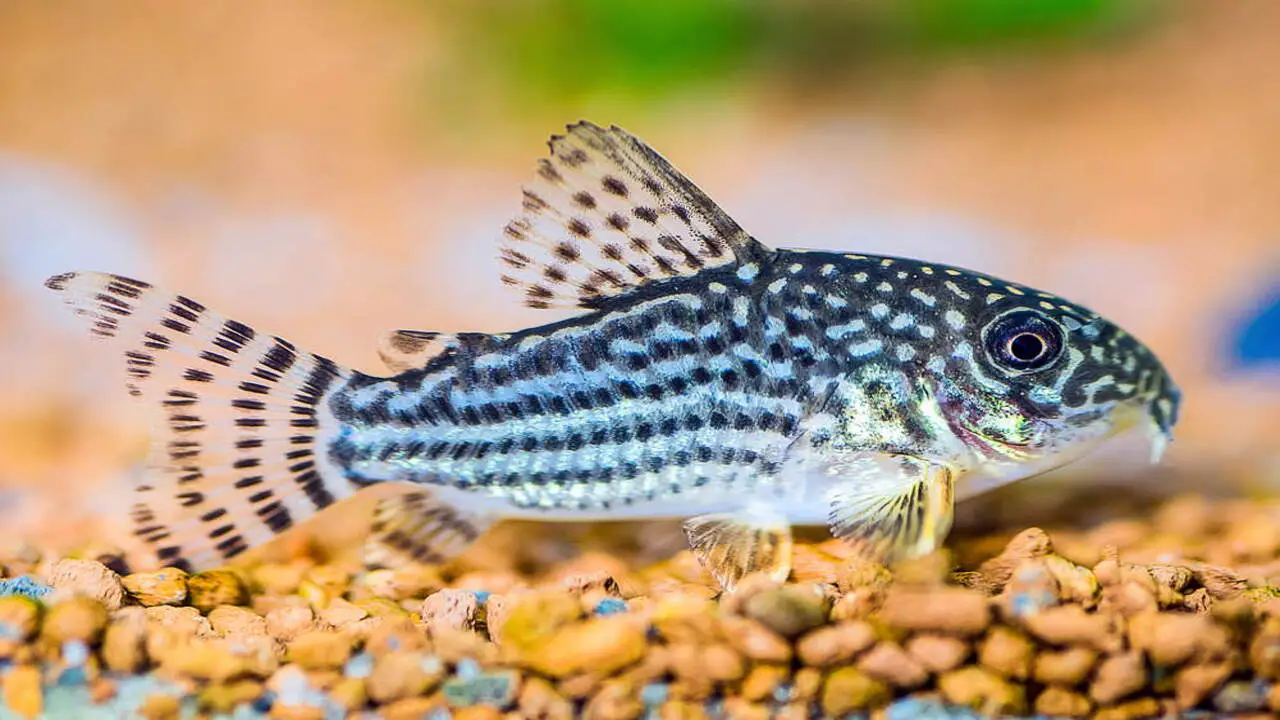
Aquarium enthusiasts highly prize numerous species of rare Corydoras catfish. These fish are popular for their unique appearance and behavior, making them a fascinating addition to any tank. Among the most sought-after species are the Corydoras Adolfo, the Corydoras posticous, and the Corydoras pulcher.
Its striking black-and-white pattern easily recognizes the Corydoras Adolfo, also known as Adolfo’s catfish. However, its numerous small spots and elongated body shape characterize the Corydoras posticous or many-spotted catfish. The pretty cory, or Corydoras pulcher, has a beautifully colored body of iridescent blue-green and bright orange fins.
1.Corydoras Wolfgang
Aquarium enthusiasts commonly keep Corydoras Wolfgang, a species of freshwater catfish. This species is native to South America and is popular for its peaceful nature, making it an ideal addition to community tanks. They are a small species, reaching a maximum size of 2.5 inches, making them suitable for smaller aquariums.
Corydoras Wolfgang is an omnivore that feeds on foods such as algae, insect larvae, and small crustaceans. They prefer a well-planted aquarium with a sand substrate and require regular water changes to maintain good water quality. Overall, Corydoras Wolfgang is a great addition to any community aquarium and is relatively easy to care for.
2.Corydoras Narcissus
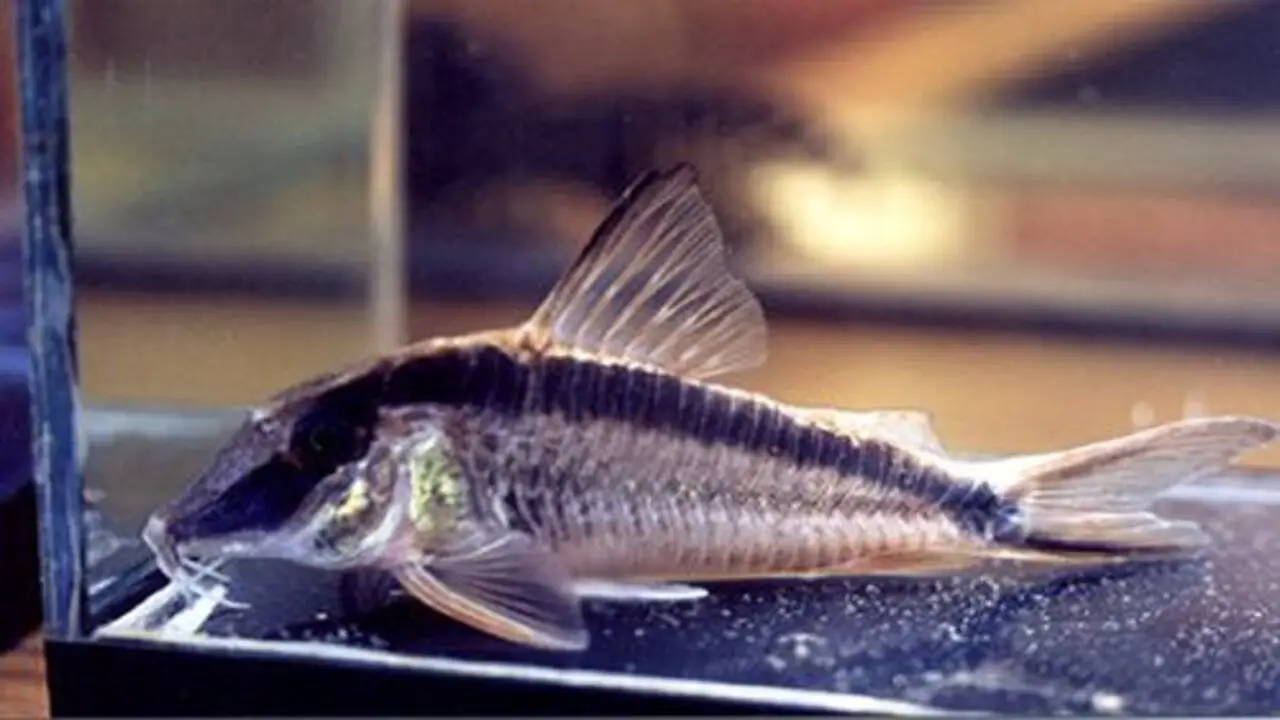
Corydoras narcissus, commonly popular as the Narcissus catfish, is often aching in aquariums. These fish are popular for their unique, triangular-shaped heads and peaceful demeanor, making them ideal for community tanks. They are native to the Amazon River basin in South America and prefer soft, acidic water with plenty of hiding places.
In aquariums, Corydoras narcissus should be aching in groups of at least six to mimic their natural social behavior. They are omnivores and should be fed a varied diet of pellets, flakes, and frozen or live foods. Overall, these fish make a great addition to any aquarium and are relatively easy to care for with proper maintenance.
3.Corydoras Melanistius
Corydoras melanistic, also popular as the black band corydoras, is a popular catfish in aquariums. These fish are native to the Amazon River Basin and are popular for their peaceful temperament, making them an ideal addition to community tanks. Corydoras melanistic are relatively small, usually reaching a maximum length of around 2.5 inches.
They are also hardy and adaptable, thriving in various water conditions. However, it is important to provide them with plenty of hiding places and a sandy substrate to mimic their natural habitat. Corydoras melanistic can be a great choice for beginner and experienced aquarists alike.
4.Corydoras Sp. CW121
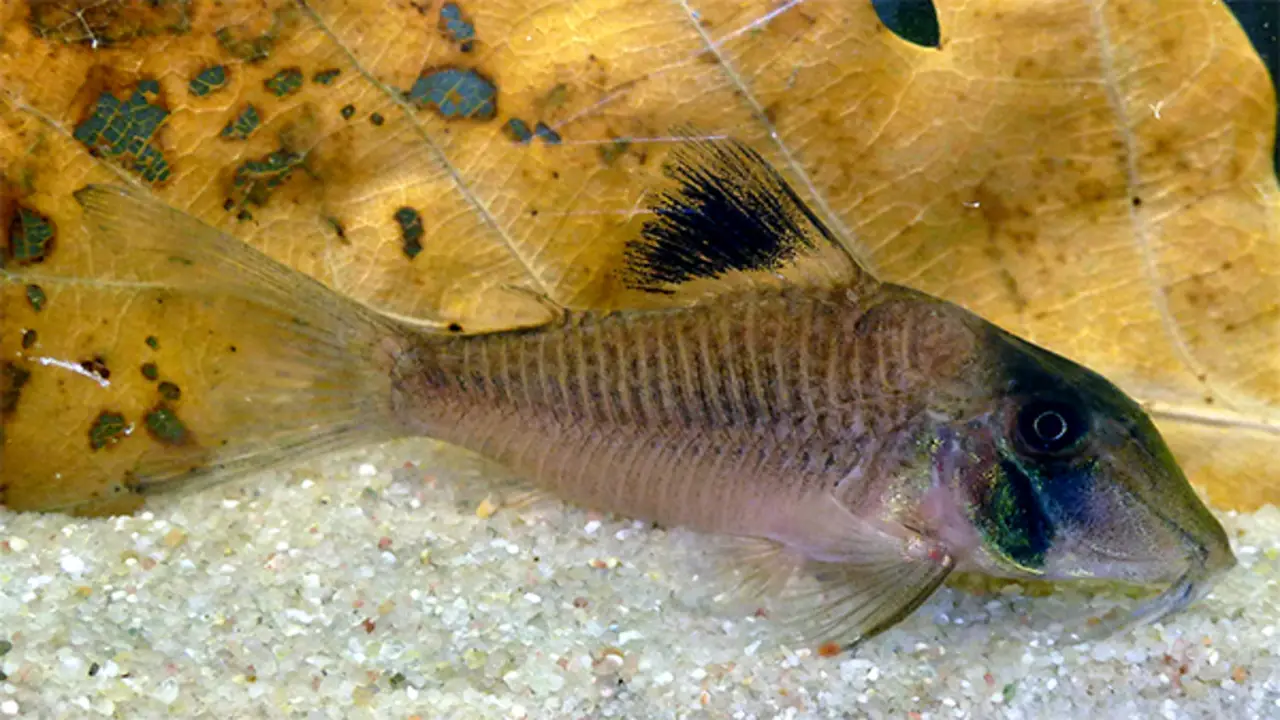
Corydoras sp. CW121 is a popular species of catfish that is commonly aching in aquariums. These fish are popular for their peaceful temperament and ability to thrive in various water conditions. They are a relatively small species, typically growing to around 2-3 inches in length.
Corydoras sp. CW121 are bottom-dwellers and are often seen scavenging for food on the substrate. They are a great addition to any aquarium community, as they help to keep the tank clean by eating leftover food and debris. These fish are relatively easy to care for and can be aching in various tank sizes, making them a great choice for beginners and experienced fish keepers.
5.Corydoras Sp. C123
Corydoras sp. C123, commonly known as the Leopard Cory, is a popular species of catfish among aquarium enthusiasts. These peaceful and hardy fish are native to the Amazon basin and enjoy aching in schools of 6 or more in a well-planted aquarium with plenty of hiding spots.
They are omnivorous and readily feed on various foods, including flake, pellet, and frozen foods. Providing clean and well-aerated water is essential to their health, as they are sensitive to the tank’s high ammonia and nitrite levels. With proper care, Corydoras sp. C123 can live in captivity for up to 5 years, making them a rewarding addition to any aquarium.
6.Corydoras Sp. C124
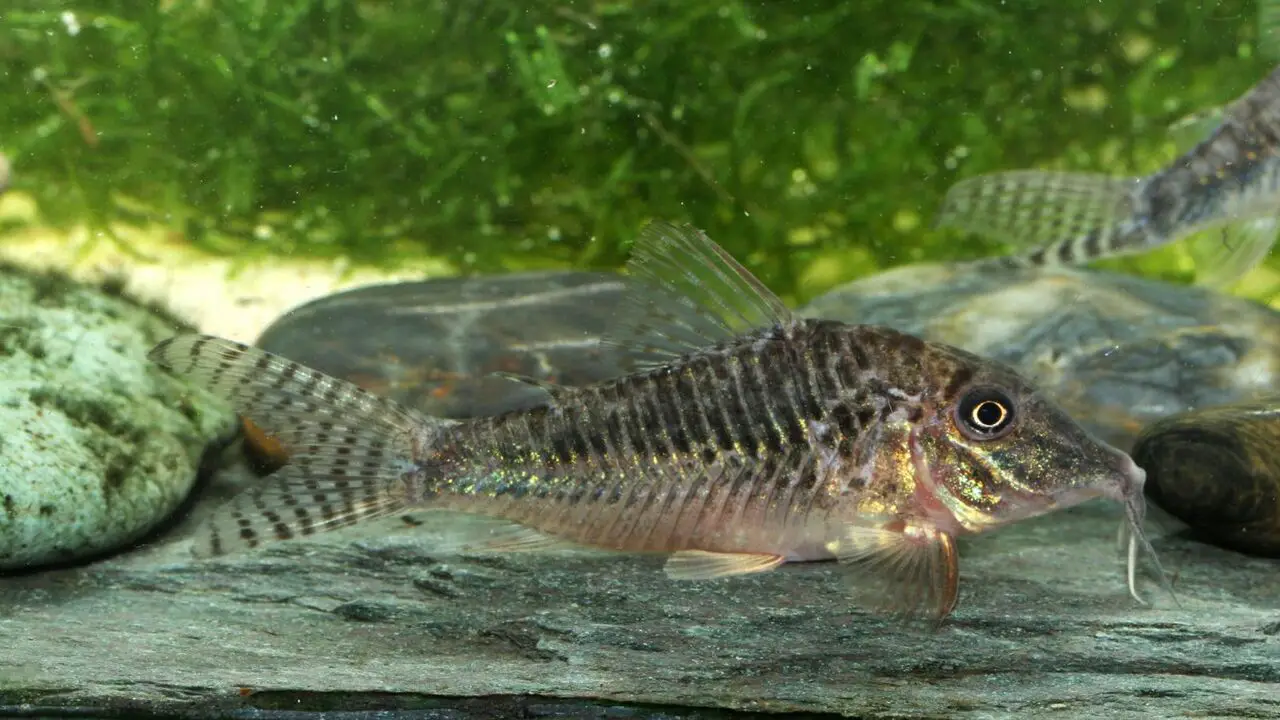
Corydoras sp. C124 is a popular species of catfish for aquarium enthusiasts due to its distinctive physical characteristics and peaceful demeanor. This species is popular for its dark black and white stripes and small size, making it a great addition to community tanks.
Corydoras sp. C124 is a hardy species that can thrive in various water conditions and prefers a well-planted tank with plenty of hiding places. They are omnivores and should be fed a balanced diet of plant- and meat-based foods. Overall, Corydoras sp. C124 is a great choice for aquarium hobbyists looking for a low-maintenance, visually striking fish to add to their tank.
7.Corydoras Sp. C125
Corydoras sp. C125 is a catfish commonly aching in aquariums due to its unique and interesting appearance. They are popular for their vibrant coloration and active behavior, making them an excellent addition to community tanks.
These fish are easy to care for, as they are relatively hardy and adaptable to various water conditions. They are omnivorous and readily consume various foods, including sinking pellets, flakes, and live or frozen foods. It is important to keep them in groups of at least five individuals, as they are social creatures and thrive in the company of their kind.
8.Corydoras Sp. C126
Corydoras sp. C126 is a popular freshwater fish species among aquarium enthusiasts. These fish are popular for their peaceful temperament, which makes them an ideal addition to community aquariums. Corydoras sp. C126 are relatively small, reaching a maximum length of only 2.5 inches. They are also quite hardy and can adapt well to various water conditions.
These fish are bottom-dwellers and are best kept in groups of at least six individuals. They are known for their unique behavior, such as “catfish dancing,” where they wiggle their bodies together in a synchronized dance. Corydoras sp. C126 is an excellent choice for any aquarium hobbyist looking to add a peaceful and entertaining species to their tank.
9.Corydoras Sp. C127
Corydoras sp. C127 is a popular species of freshwater catfish that is commonly aching in aquariums around the world. Known for their peaceful and friendly nature, they make excellent additions to community tanks with other peaceful fish species.
These catfish are relatively small, growing up to 2.5 inches long, requiring minimal care and attention. They are hardy and adaptable, thriving in a range of water conditions. Corydoras sp. C127 is most active during the day and enjoys being in groups of five or more.
They are bottom-dwellers and appreciate a soft substrate, plenty of hiding places, and a well-maintained environment. This species is an excellent choice for novice and experienced aquarium keepers alike.
10.Corydoras Sp. C128
Corydoras sp. C128, commonly called the “miniature catfish,” is a popular freshwater fish species among aquarium hobbyists. This species is small, up to approximately 2 inches long, making them ideal for small to medium-sized aquariums.
They are peaceful and social fish, often found in large groups in their natural habitat, and should be kept in groups of five or more in an aquarium setting. Corydoras sp. C128 prefers a heavily planted aquarium with soft, acidic water and plenty of hiding places.
They thrive on a varied diet of algae, small crustaceans, and sinking pellets. Overall, Corydoras sp. C128 is an excellent addition to any community aquarium and will bring joy to any aquarium’s collection.
Habitat And Environment
Corydoras are small freshwater fish popular for aquarium enthusiasts due to their peaceful nature and interesting appearance. When designing a habitat for these fish, it is important to consider their natural environment.
Corydoras prefer a well-oxygenated aquarium with plenty of hiding spots and a sandy substrate. They also prefer a slightly acidic pH level and a temperature range of 72-78°F. Proper filtration and regular water changes are crucial to maintain a healthy environment for these fish.
Keeping them in a group of at least six is important, as they are social creatures. Aquarium enthusiasts can provide a safe and comfortable home for their Corydoras by replicating their natural habitat.
Feeding Habits
Corydoras are a popular type of fish often kept as pets in aquariums. These fish are known for their unique feeding habits, which can be fascinating. Corydoras are bottom feeders, meaning they tend to eat food that has fallen to the bottom of the aquarium.
They are omnivores, meaning that they eat both plant and animal matter. Corydoras will eat algae, small invertebrates, and other organic matter found on the bottom of the river or stream in the wild.
Providing Corydoras with a varied diet that includes both commercial fish food and live or frozen foods such as bloodworms or brine shrimp is important in an aquarium setting. With the right diet, Corydoras can thrive and grow in an aquarium setting, providing their owners with years of enjoyment.
Reproduction And Breeding
Corydoras are a popular species of catfish that are often kept in aquariums. These fish are known for their unique and fascinating reproductive habits. In the wild, corydoras reproduce by laying their eggs in secluded areas such as under rocks or logs.
In aquariums, breeding can be stimulated by providing a healthy and diverse diet, a suitable breeding environment, and the presence of a male and female pair. Once the eggs are laid, removing any potential predators from the tank is important.
The eggs will hatch in approximately 3-5 days, and the fry will require small amounts of food until they are large enough to consume standard fish food. Successful reproduction and breeding of corydoras require careful attention and maintenance of their environment.
Behavior And Social Interaction
Corydoras catfish are a popular species of freshwater fish commonly found in aquariums due to their peaceful nature and attractive appearance. Regarding their behavior and social interaction, Corydoras are highly social creatures that thrive in groups.
They are known for their playful and curious nature, often seen exploring the bottom of the tank and scavenging for food. Corydoras are also highly compatible with other fish species, making them great tank mates for various community tanks.
However, it is important to note that Corydoras should be kept in groups of at least three to five individuals to ensure they feel comfortable and thrive in their environment. With proper care and attention, Corydoras can be an excellent addition to any aquarium.
Common Health Issues And Care Tips
Corydoras are popular aquarium fish known for their peaceful temperament and unique appearance. However, common health issues can arise when keeping these fish in an aquarium.
One common issue is the development of fungal infections, which can be caused by poor water quality or a weakened immune system. Another issue is the presence of parasites, such as ich or velvet, which can be treated with medication.
To prevent these issues, it is important to maintain water quality through regular water changes and avoid overfeeding. Additionally, providing a varied diet and plenty of hiding places can help reduce stress and promote overall health in Corydoras.
Tips For Keeping Corydoras Catfish In Your Aquarium
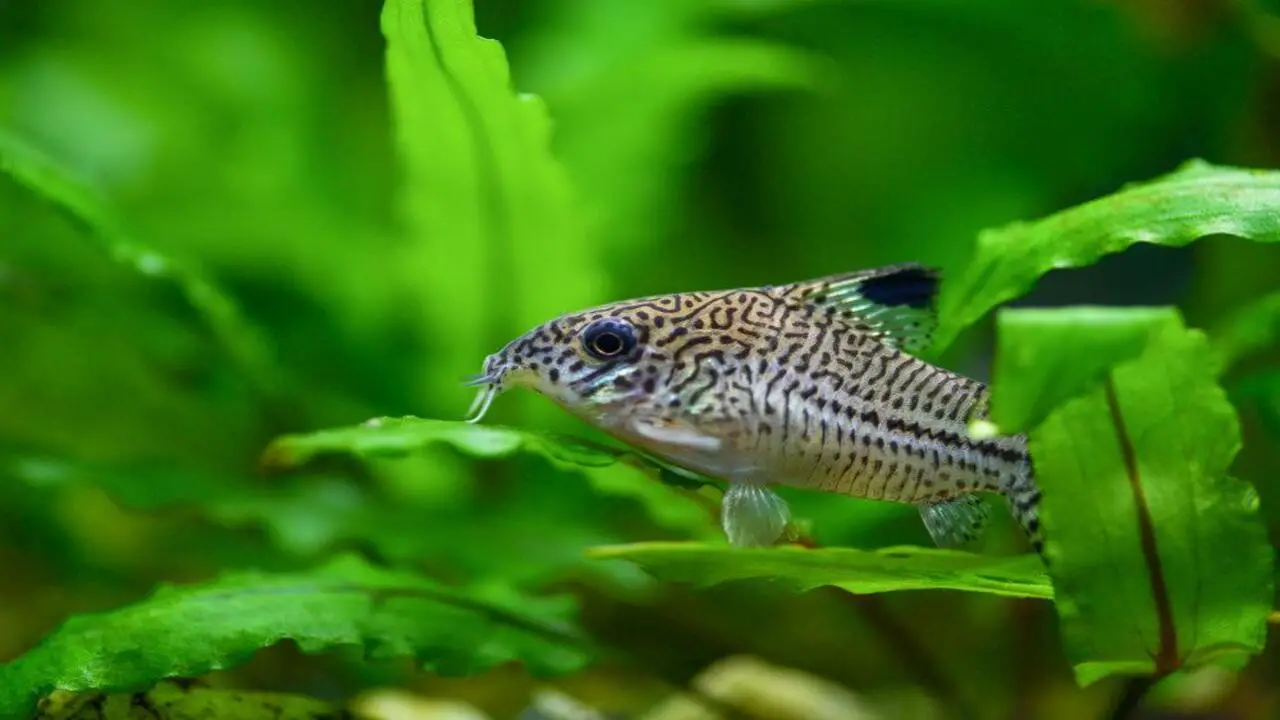
Keeping Corydoras catfish in your aquarium can be a rewarding experience for any enthusiast. These fish are highly prized for their unique and exotic appearance, making them a great addition to any collection.
However, they require specific care and attention to thrive. Creating a natural and safe environment that mimics their natural habitat is important. This includes providing ample hiding spaces, a well-maintained water quality, and a varied diet.
- Provide a spacious tank with plenty of hiding spots.
- Maintain clean and well-filtered water conditions.
- Feed them a varied and balanced diet, including live or frozen foods.
- Keep the water temperature between 72-78°F.
- Use a gentle water flow to simulate their natural habitat.
- Avoid keeping them with aggressive or larger fish species.
- Provide regular water changes to maintain water quality.
- Use a substrate with a soft texture to prevent damage to their barbels.
- Avoid handling them as much as possible to reduce stress.
- Keep the lighting in the aquarium dim to simulate their natural environment.
Conclusion
These little aquatic creatures are fascinating, beautiful, and sure to bring a unique touch to any aquarium. Whether you’re an experienced fish keeper or a beginner, adding the rare-
corydoras to your collection will surely make a splash. Corydoras are a type of freshwater fish that are popular among aquarium enthusiasts. However, some corydoras species are rare and require specific care to thrive in captivity.
Knowing how to care for them is important if you are lucky enough to have one of these corydoras. It’s essential to maintain a suitable environment for your corydoras. This includes ensuring the water temperature is stable and within the recommended range for your fish species.
FAQs:
What Specific Water Parameters Are Necessary For Corydoras?
Corydoras catfish generally prefer water with a pH range of 6.5-7.5, water temperature between 72-78°F, and soft to moderately hard water with a dGH between 2-15 degrees.
What Types Of Food Are Included In A Balanced Diet For Corydoras?
A balanced diet for rare-corydoras should include high-quality pellets, frozen or live foods such as bloodworms, brine shrimp, daphnia, and fresh vegetables such as zucchini, spinach, and peas. Feeding them small amounts multiple times daily, up to 3-4 times, is recommended.
What Steps Can We Take To Treat Them If Become Sick?
To prevent disease and illness in rare-corydoras, the following steps we can take:
1.Proper tank maintenance
2.Water quality
3.Diet
4.Quarantine
What Types Of Tank Mates Suit To Minimize Territorial Behavior?
Suitable tank mates for rare-corydoras include peaceful community fish such as tetras, rasboras, and guppies. Aggression and territorial behavior can be minimized by providing plenty of hiding places such as plants, rocks, and caves and ensuring adequate space for each fish. Avoid mixing corydoras of different species or similar-looking fish, which can lead to territorial disputes.
What Common Mistakes Do New Owners Of Corydoras Make?
Some common mistakes that new owners of rare-corydoras make include:
1.Overstocking the aquarium
2.Poor water quality
3.Inappropriate diet
4.Lack of hiding place

Aquarium passion is all about connecting with the aquatic life and providing education to the public on the importance of these creatures. We showcase a wide variety of marine life through our exhibits as well as working with schools to provide unique learning opportunities for students of all ages.

